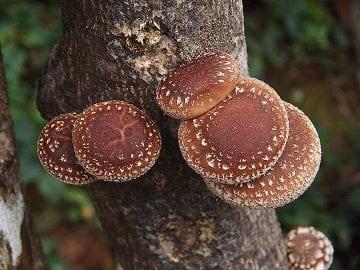Herbal Nerd Society Exclusive Article. With so many Sages to choose from, how do you know which to plant or use? Common Sage, Red Sage, White Sage, and Clary Sage share some qualities and needs every Herbal Gardener and Practitioner ought know.
Read this article and all of our other Herbal Nerd Society Content.
Become a Member Today. Join Us Here. | Already a Member just log in here.







